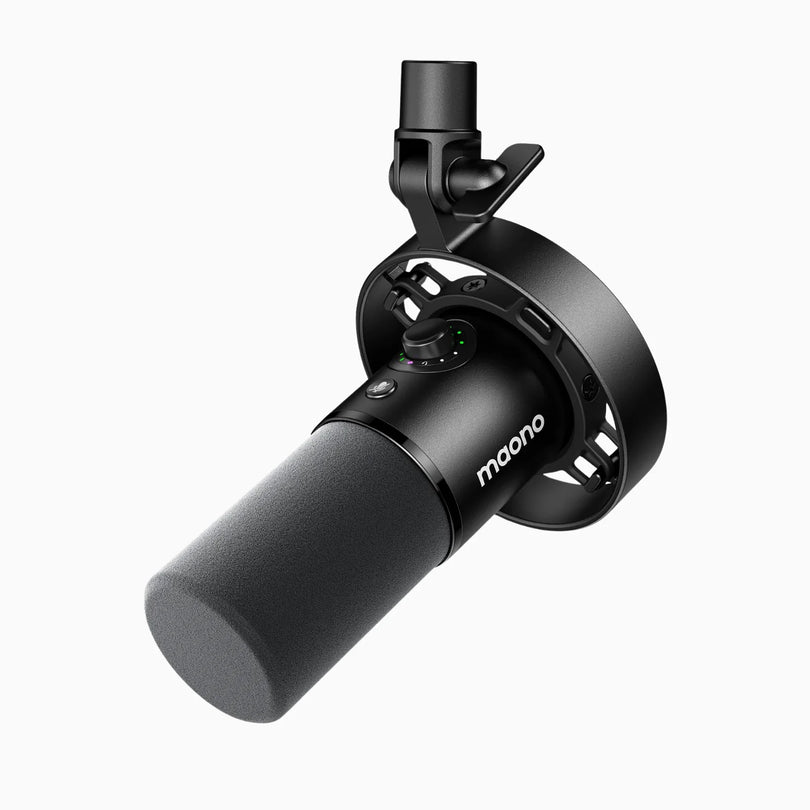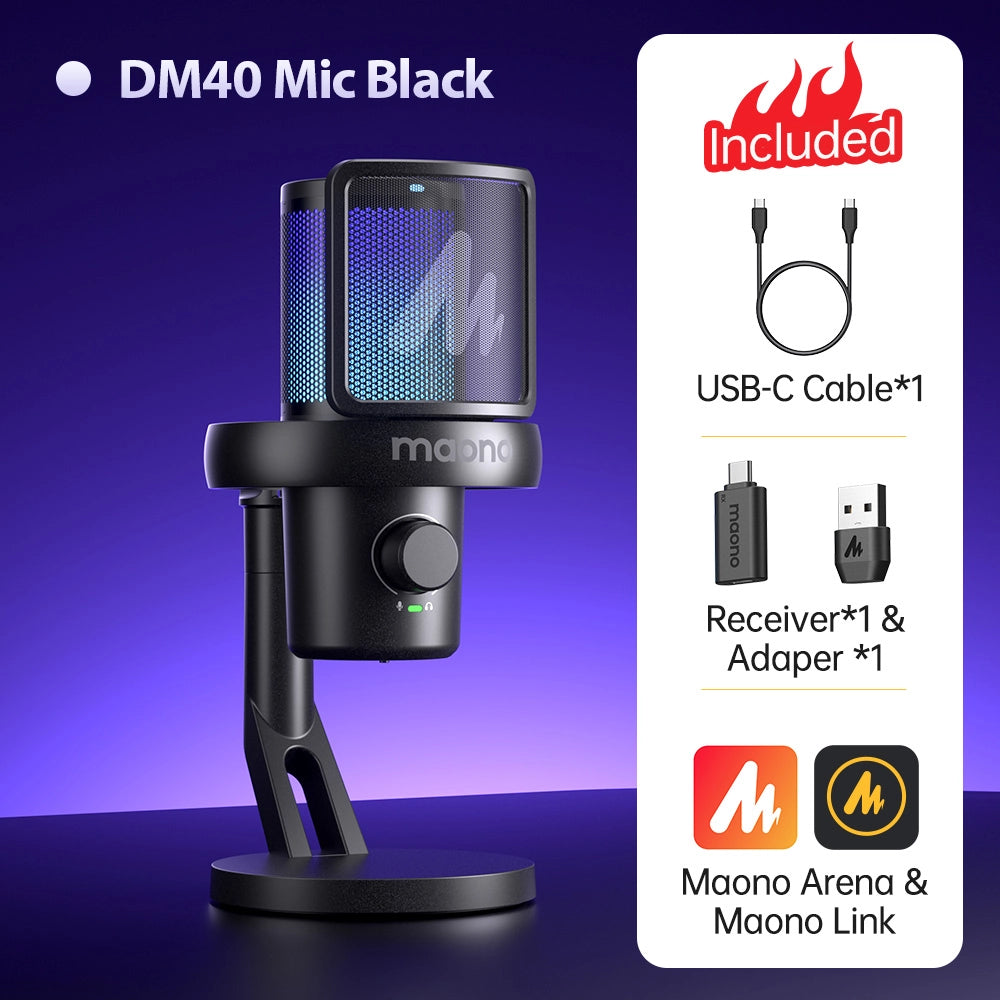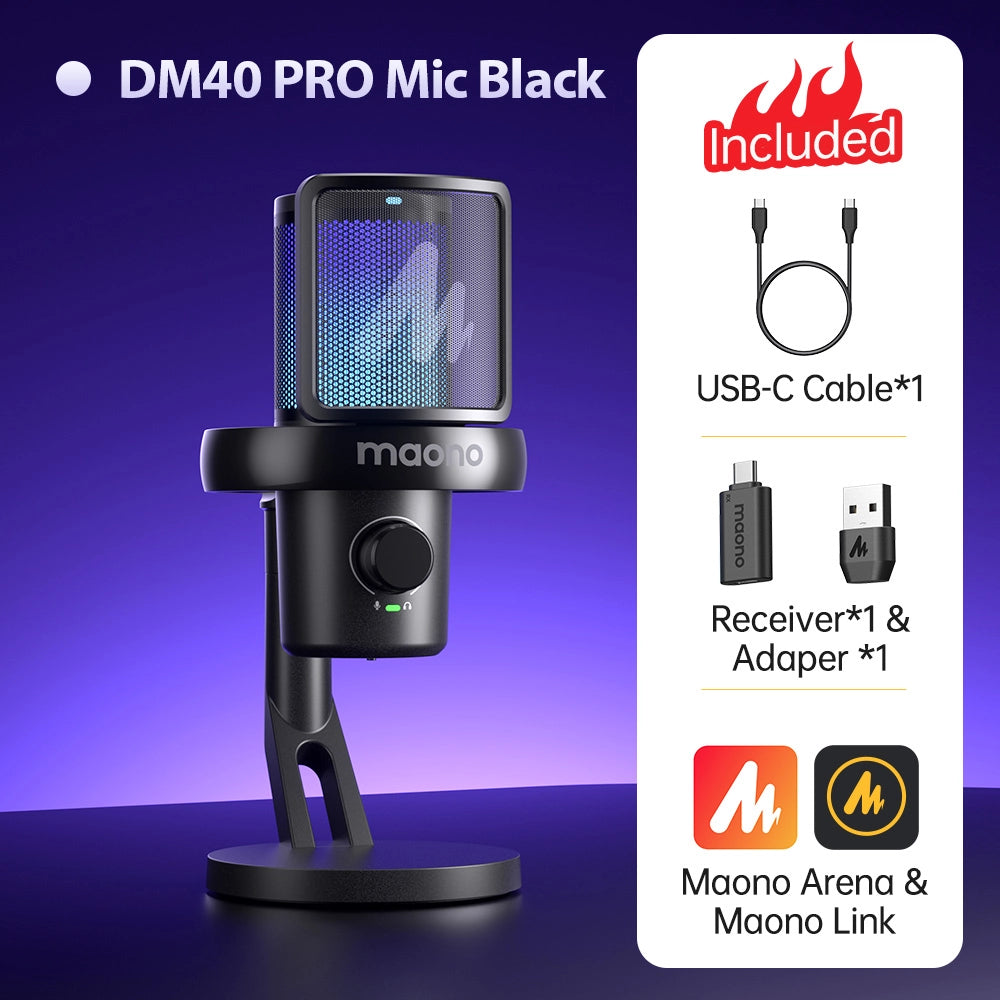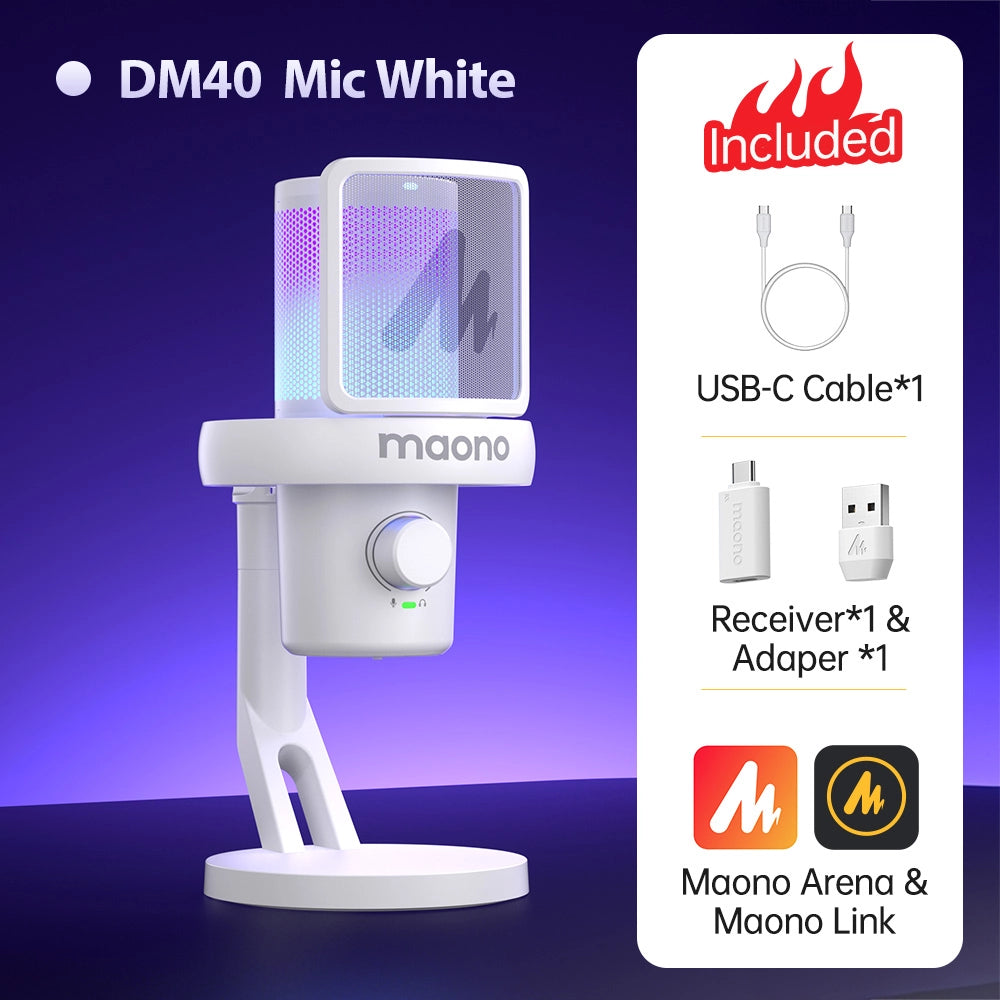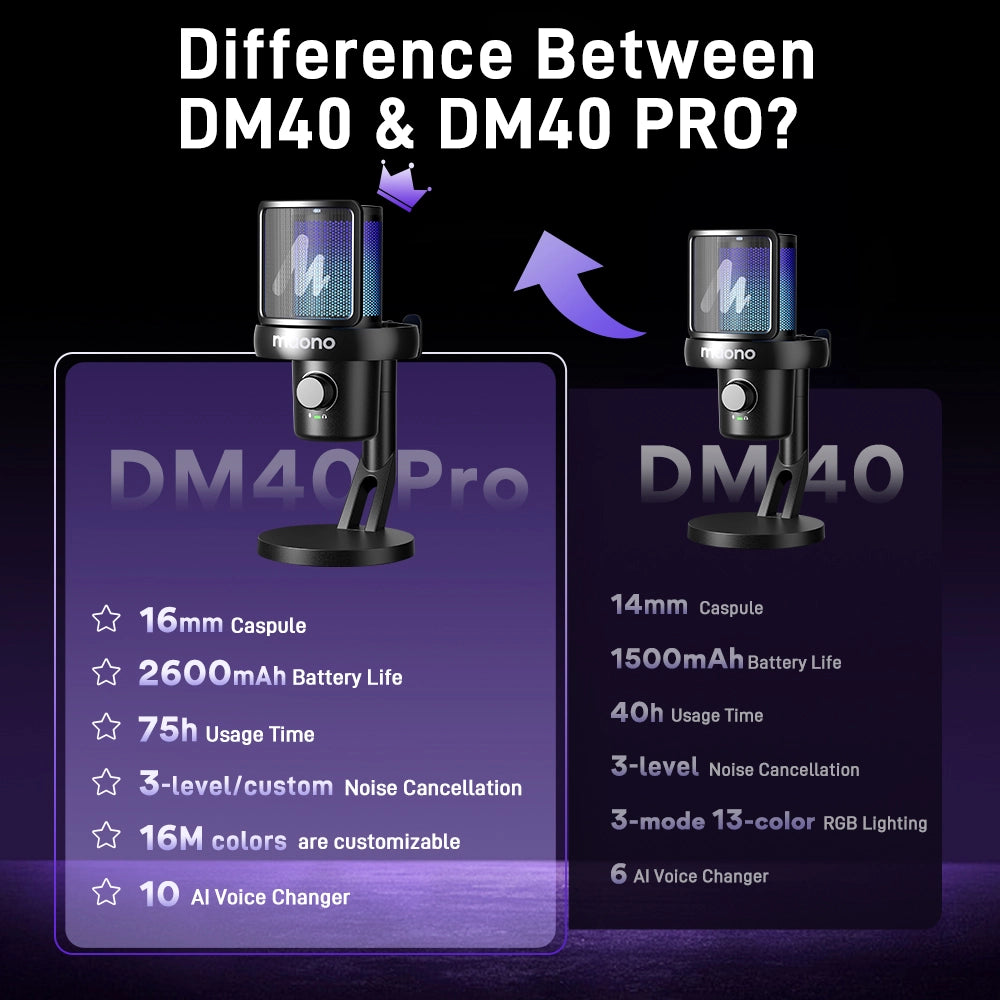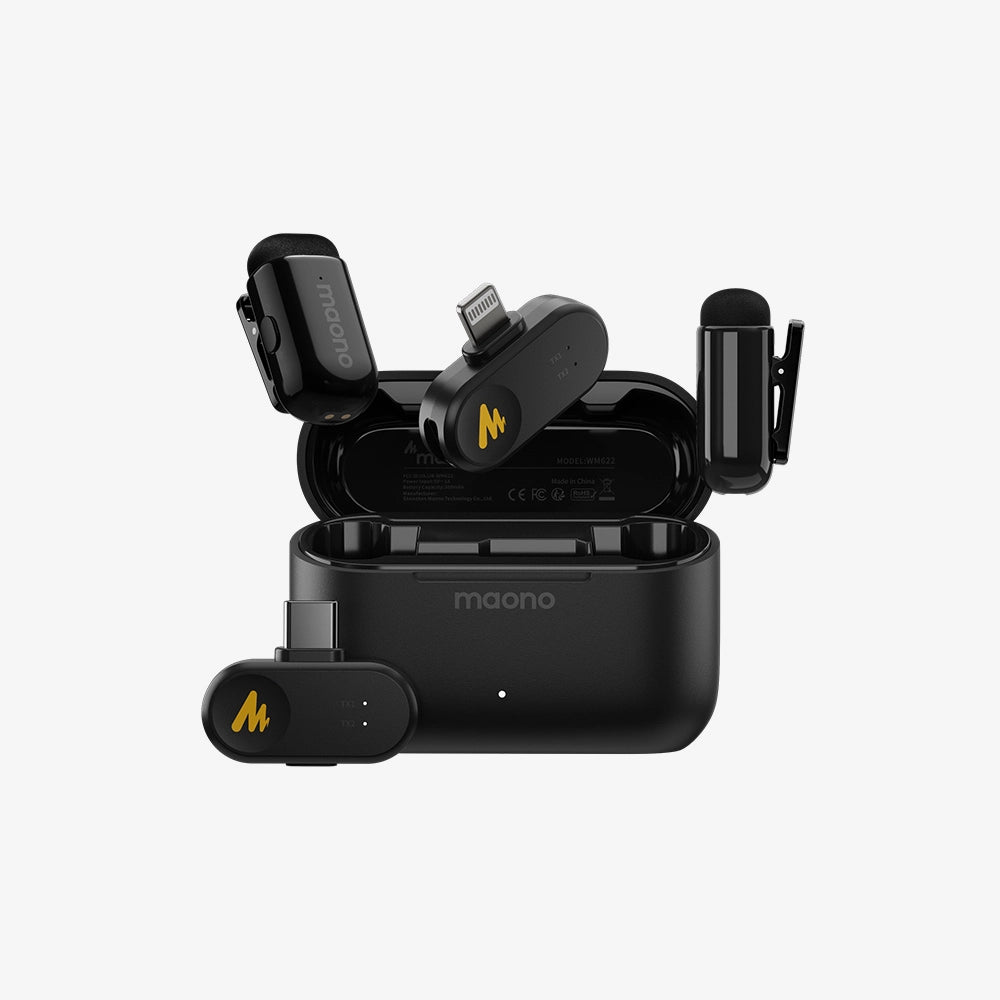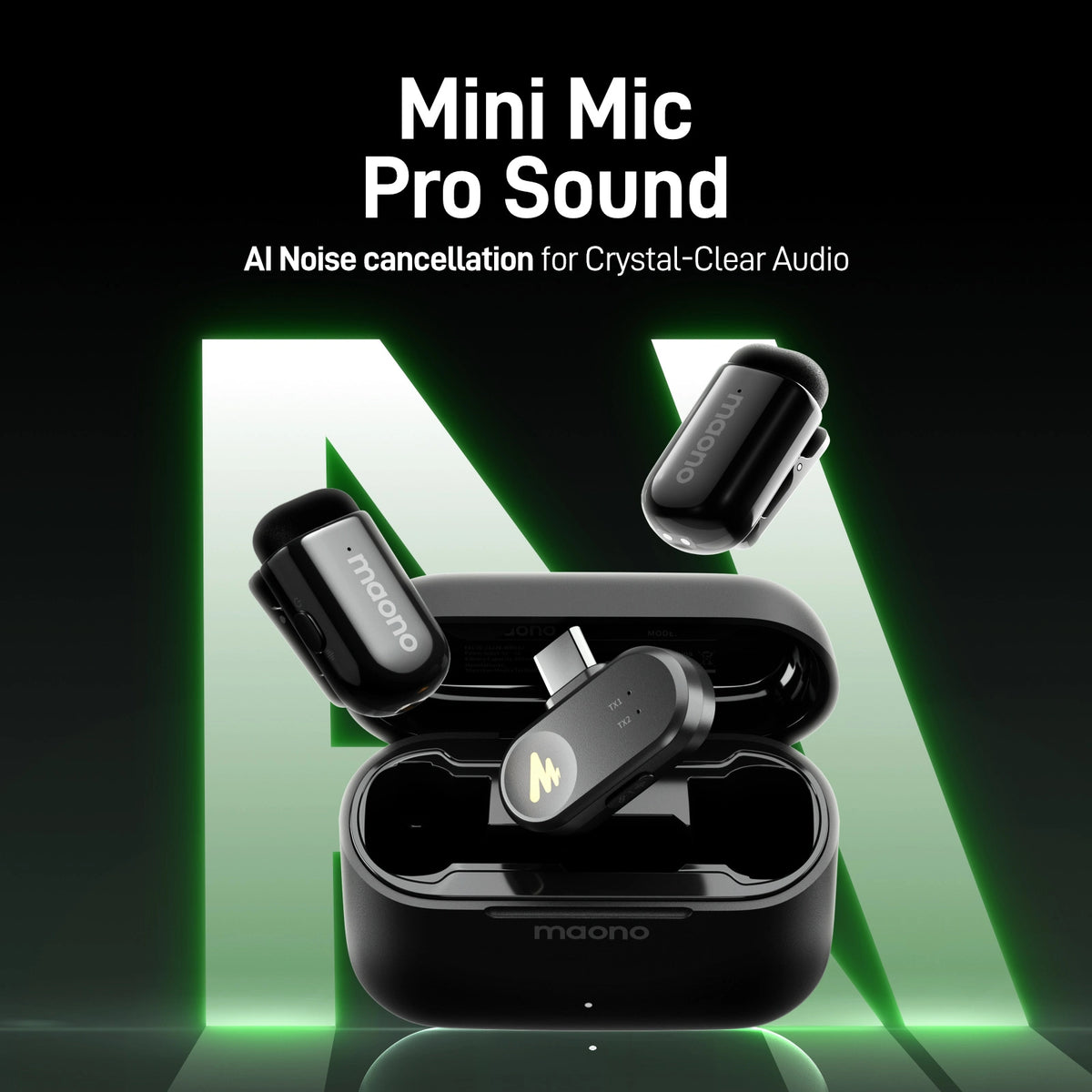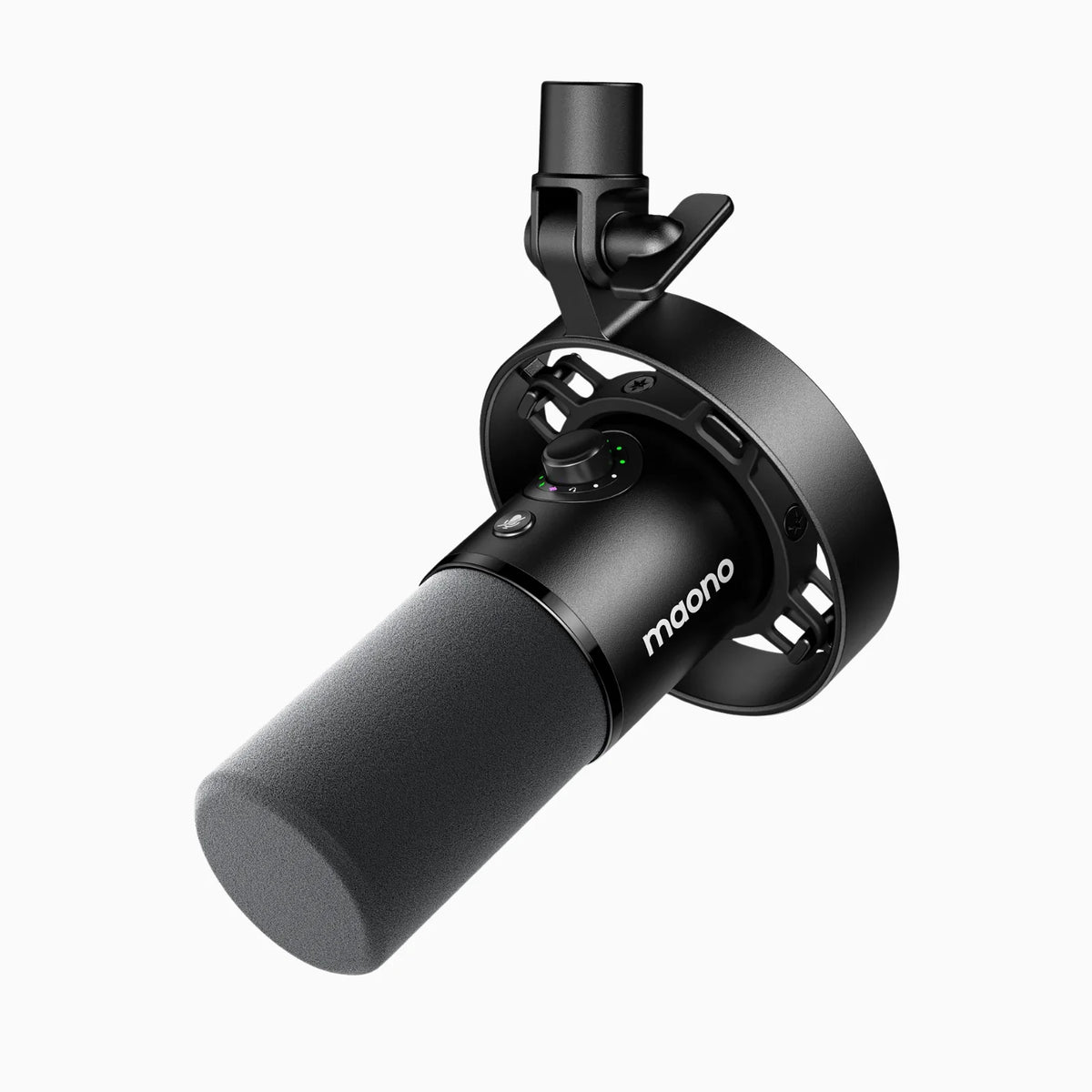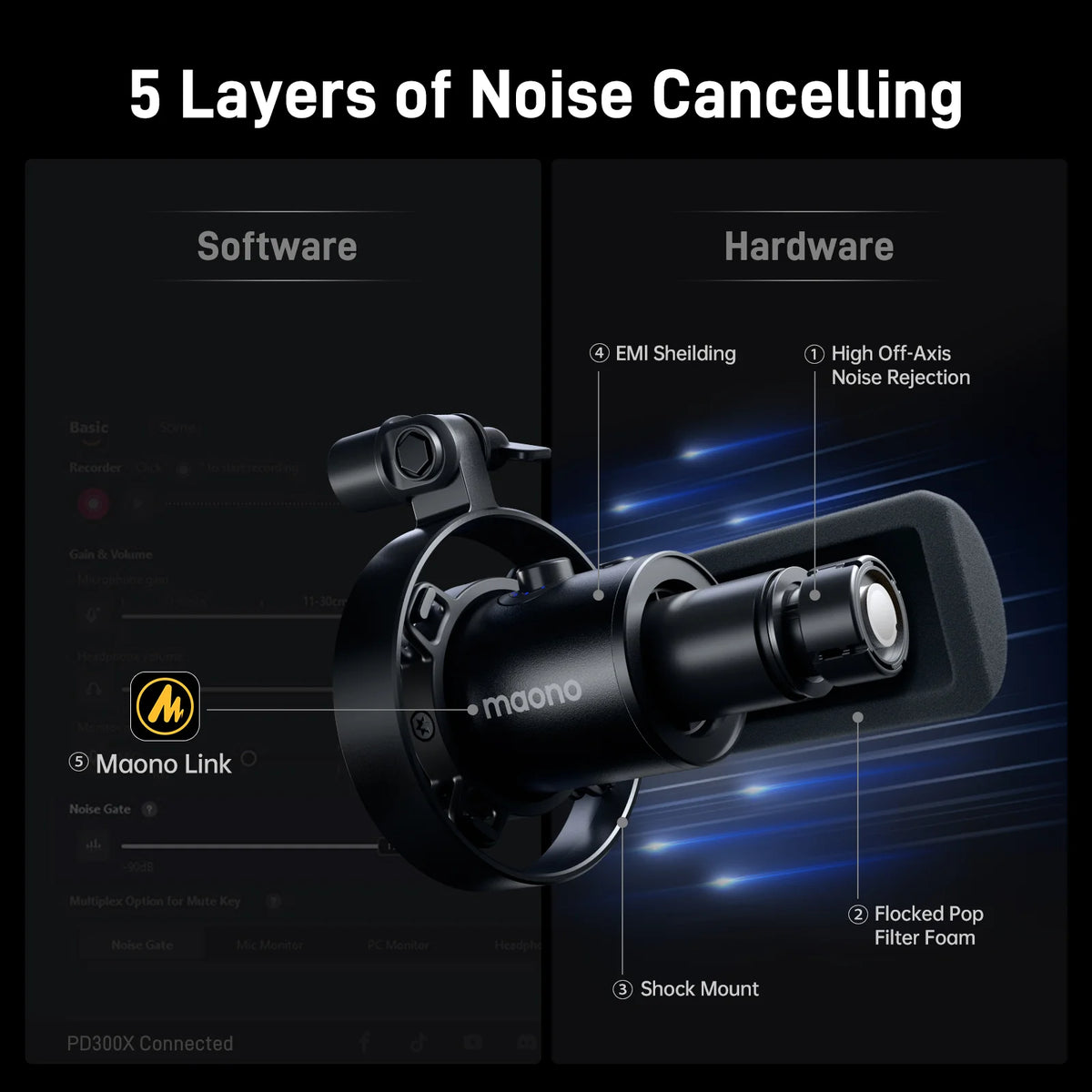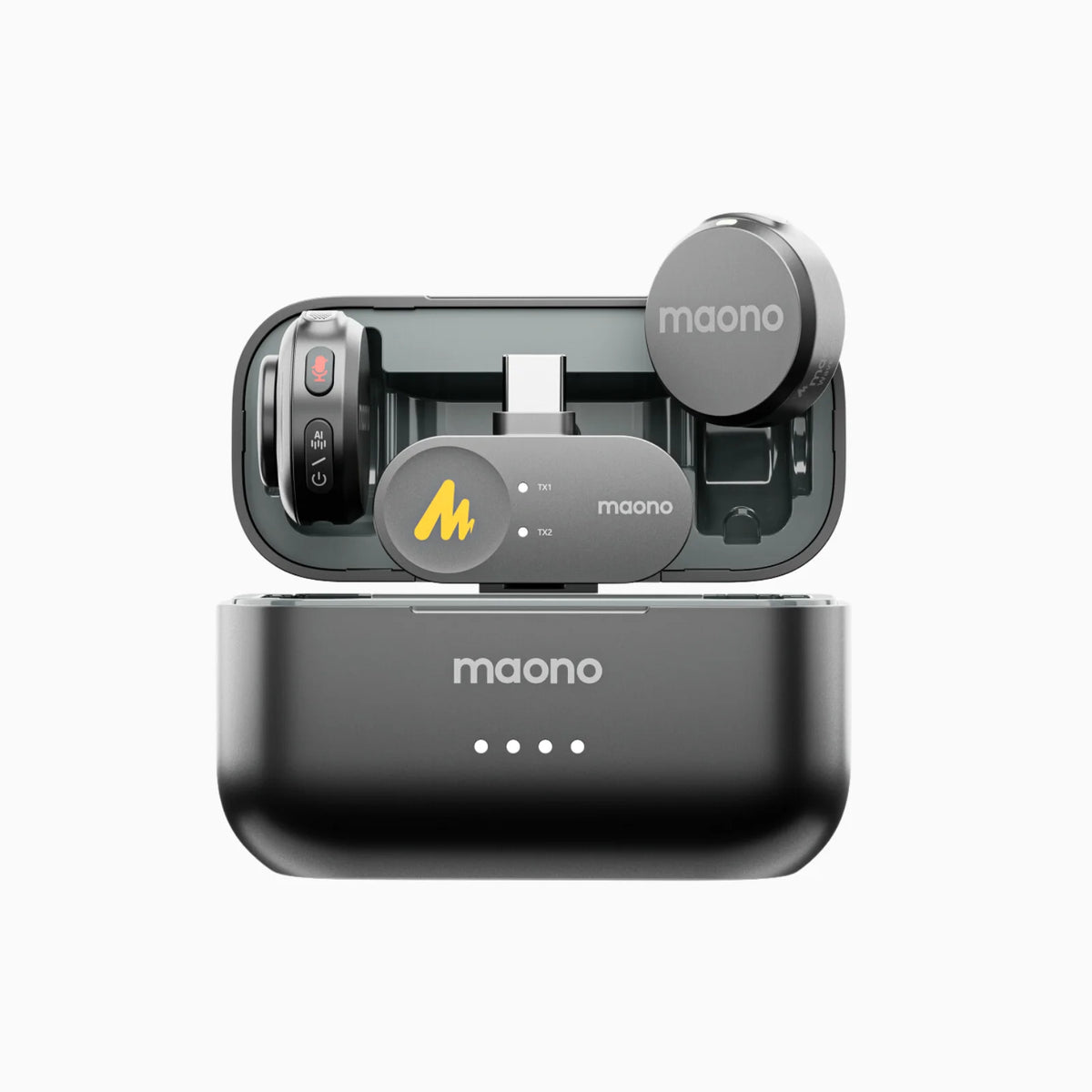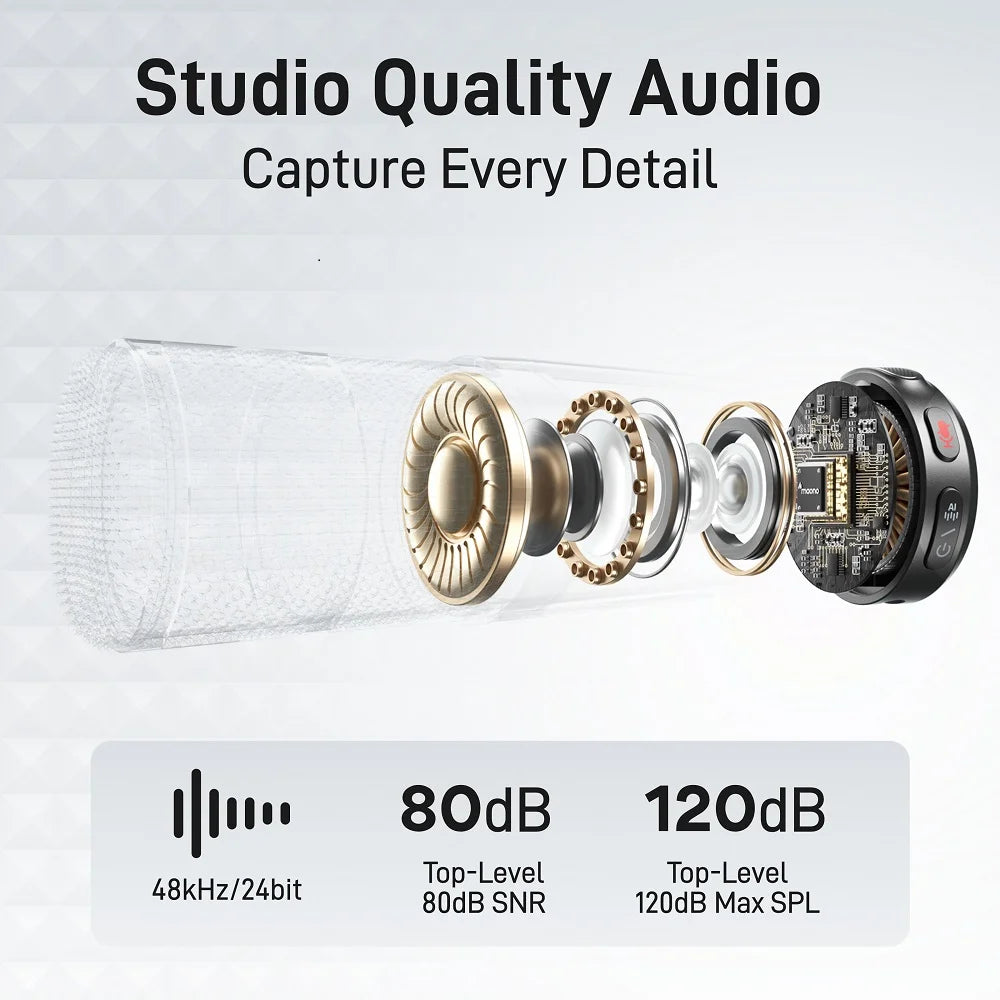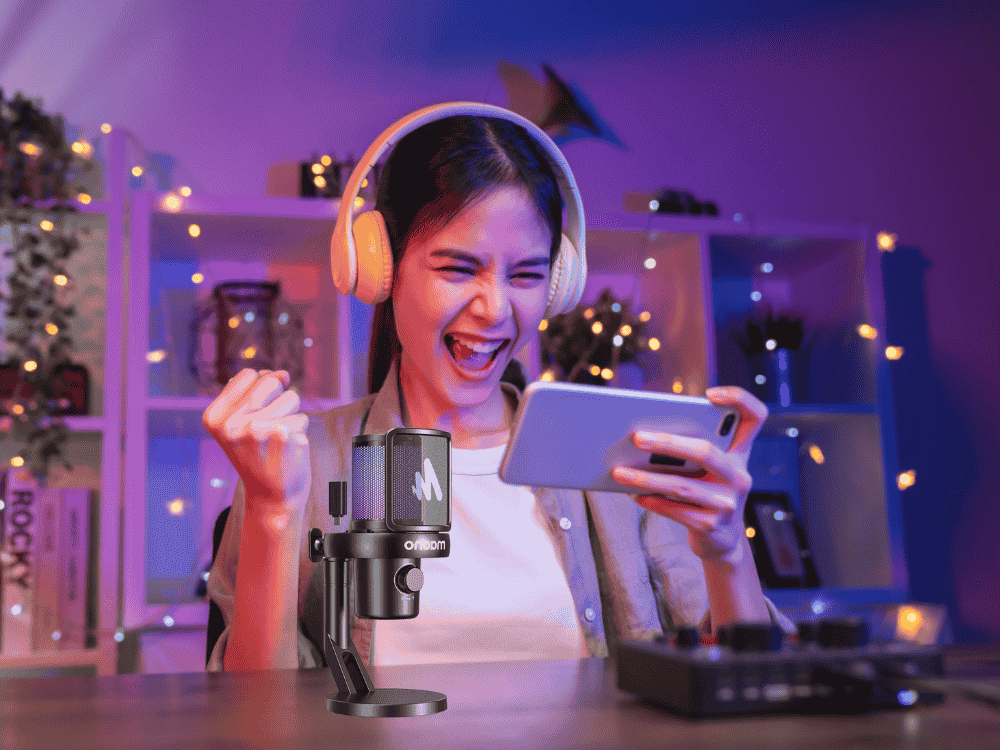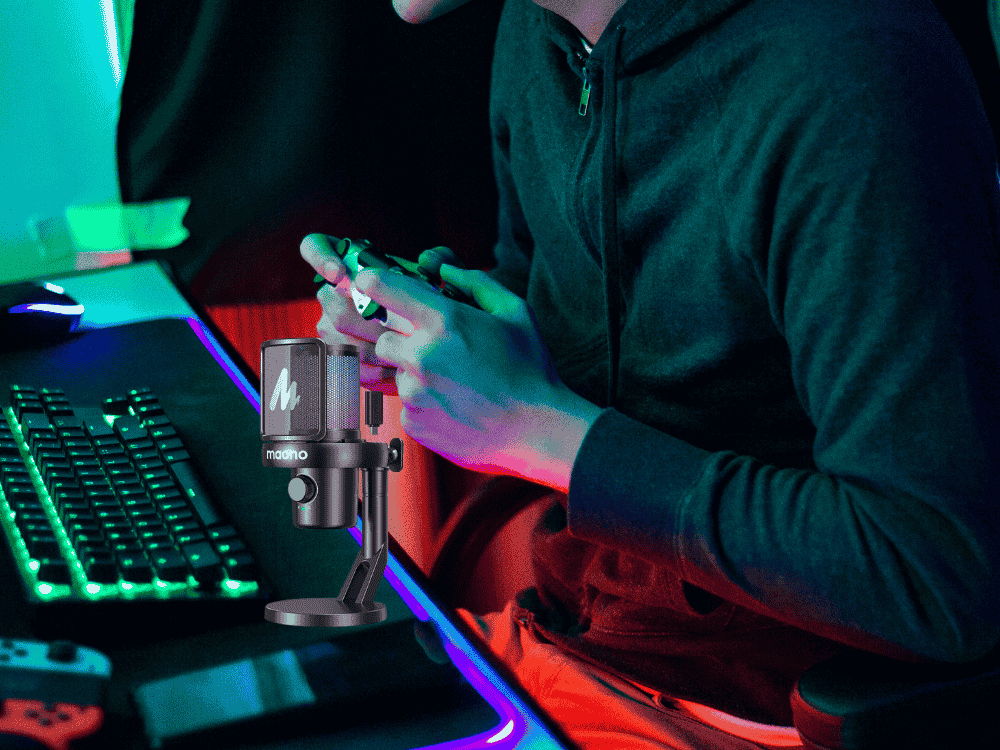If you’re planning to enter the world of gaming and the XLR system sounds new to you, continue reading on.
Creating a unique and high-quality experience for your viewers is essential when you’re a gamer or an enthusiast. You want to stand out among the multitude of content creators out there and grow your audience. One of the most significant components of any game streaming setup is the microphone—after all, clear and crisp audio is just as important as high-quality video. If you're serious about delivering professional-grade sound, upgrading to an XLR microphone and cable system can significantly enhance your streaming setup.
But why exactly should you consider XLR cables for microphones over their USB counterparts? And how do other elements, like a dual PC setup and internet speed, impact the quality of your stream? In this article, we’ll dive into these topics and explain how XLR microphone cables play a crucial role in achieving superior sound quality for your 2024 streaming setup.
Do I Need a Dual PC Setup for Streaming?
One of the most debated topics among streamers is whether or not a dual PC setup is necessary for high-quality streaming. A dual PC setup involves using two separate computers: one for gaming or creating content and the other for handling the stream itself. The idea is to reduce the strain on your primary machine by offloading the streaming tasks (encoding, broadcasting, etc.) to the second PC.
While a dual PC setup isn’t strictly required, it can certainly improve your stream’s performance, especially if you’re running resource-heavy software or streaming high-quality games. If you want smooth gameplay and flawless streaming without lag or performance drops, a dual PC setup can be a game-changer. However, for most casual streamers, a single, powerful PC with a solid graphics card and sufficient RAM is usually enough.
Ultimately, whether you need a dual PC setup depends on the type of content you’re streaming and how much processing power your PC requires. If you’re just starting out or streaming simpler content, you can likely get away with a single PC setup. However, if you plan on pushing the limits with AAA games, high-definition content, or more advanced production techniques, a dual PC setup might be worth the investment.
What’s the Ideal Internet Speed for Live Streaming?
Another key aspect of streaming is your internet speed. Streaming high-quality content in real-time demands a stable and fast internet connection. For smooth streaming, there are two main components to consider: upload speed and latency.
- Upload Speed: This is the most important factor for streaming. For high-definition streams (1080p at 60 frames per second), an upload speed of at least 6 Mbps is recommended, but a more ideal range is between 10–20 Mbps to ensure no lag or buffering issues.
- Latency: Low latency is essential for real-time interaction with your viewers, especially if you’re engaging with your audience during live chats. While most streaming platforms try to minimize latency, a low-latency internet connection helps reduce delay between your actions and your viewers’ experience.
If you're streaming in 4K, you’ll need significantly higher upload speeds (usually 25 Mbps or more). As streaming quality continues to improve, internet speeds will need to keep up with these demands. When setting up your stream, ensure that your internet connection can handle the load to avoid interruptions or downgrades in quality.
How Can I Get More Followers or Subscribers on My Streaming Channel?
Building an audience on streaming platforms takes more than just good equipment and content. To grow your followers and subscribers, you need to engage your community, be consistent, and promote your content effectively. Here are a few strategies to increase your streaming audience:
- Consistency is Key: Stream regularly and stick to a schedule. Viewers are more likely to follow you if they know when to expect new content.
- Engage with Your Audience: Interact with your viewers through chat, acknowledge comments, and make them feel like part of your community. Building relationships with your audience is crucial for long-term success.
- Collaborate with Other Streamers: Networking with fellow content creators can help you expand your reach. Consider collaborations, shout-outs, or joint streams to expose your channel to new followers.
- Social Media Promotion: Use platforms like Twitter, Instagram, and TikTok to promote your streams and build your brand. Share highlights, behind-the-scenes content, and announcements to keep your followers engaged.
- Offer Incentives: Consider offering exclusive content, giveaways, or special perks to your subscribers. Loyalty rewards can incentivize viewers to subscribe or donate.
Building a loyal and engaged audience takes time, but by focusing on creating high-quality content, maintaining a consistent schedule, and interacting with your followers, you can steadily grow your streaming channel.
Streaming Platforms and Services: Which Streaming Platform Should I Use?
Choosing the right platform for your stream is crucial. As of 2024, there are several popular platforms for live streaming, including Twitch, YouTube, and Facebook Live. Each has its pros and cons, and the best platform for you depends on your goals, audience, and type of content.
1. Twitch
As the leading streaming platform for gamers, Twitch offers an interactive and engaging environment for content creators. It’s perfect if you’re primarily gaming or creating gaming-related content. Twitch’s subscription and donation model also provides monetization opportunities for streamers.
2. YouTube
YouTube is known for its versatility, supporting everything from gaming streams to live events, tutorials, and music performances. It’s ideal if you already have an established presence on YouTube and want to capitalize on both on-demand videos and live content. Additionally, YouTube provides excellent monetization options for streamers.
3. Facebook Live
Facebook Live is best for creators with a strong following on Facebook. It’s less popular among gamers but can work well for content creators focusing on lifestyle, news, or niche topics. Facebook’s integration with its massive social network allows for easy audience sharing.
Ultimately, the right platform for you depends on your content and community. Many streamers choose to multi-stream across platforms to reach the widest audience possible.
FAQs:
Q1. What is an XLR microphone?
An XLR microphone is a type of microphone that uses an XLR connector to transmit audio signals. The XLR connector is a three-pronged, balanced cable that is commonly used in professional audio equipment due to its superior sound quality and durability. XLR microphones are often found in studios, live events, and broadcast setups, offering a reliable and high-fidelity signal that reduces noise and interference.
Q2. What is the difference between an XLR and USB microphone? Which type of microphone is better for YouTube videos and other live stream purposes?
The main difference between an XLR microphone and a USB microphone is the type of connection they use. A USB microphone connects directly to your computer or device via a USB port, making it simple to set up and use for beginners or casual streamers. These microphones typically include built-in analog-to-digital converters, making them an all-in-one solution for basic streaming needs.
On the other hand, an XLR dynamic microphone requires an audio interface or mixer to connect to your computer. XLR microphones offer superior audio quality, more control over sound, and greater flexibility, which is why they are preferred by professionals. They can produce cleaner sound with less noise and interference, making them ideal for high-quality streams or videos on platforms like YouTube. If you’re serious about your streaming setup and want the best sound possible, an XLR microphone is the better choice.
Q3. Are XLR microphones worth it? Where to purchase an affordable XLR microphone and XLR microphone cables?
Yes, XLR microphones are worth it if you’re serious about delivering top-tier audio. They are generally more expensive than USB microphones, but the audio quality they provide, combined with their durability and flexibility, makes them an excellent long-term investment for streamers who want to elevate their sound.
Affordable XLR microphones are available from brands like Maono, which offers excellent entry-level microphones with professional sound quality. They also provide bundles that include the necessary cables and accessories to get started.
Here are two great XLR dynamic microphone options from Maono:
- Maono HD300T: This is a professional XLR dynamic cardioid microphone designed for game streamers and podcasters. Also with dual connectivity, Maono HD300T provides excellent noise rejection and clear audio, ideal for live streaming or recording.

- Maono PD100X: Another great choice for content creators, this Maono PD100X microphone offers USB and XLR cables for microphones dual connectivity and high-quality sound at a budget-friendly price point, making it a great option for those just starting in streaming.

Q4. Where to Purchase XLR Microphone Cables?
You can purchase XLR microphone cables at various online retailers, including Amazon, Sweetwater, B&H Photo, and at Maono.com. Be sure to choose cables with good shielding to prevent signal interference and ensure clean audio transmission.
Conclusion
In 2024, setting up a high-quality stream requires attention to detail, especially when it comes to audio. XLR microphones, coupled with reliable XLR cables, offer superior sound clarity, durability, and flexibility—helping you deliver the professional-quality audio your viewers expect. Whether you're upgrading your current setup or starting fresh, investing in an XLR system is an effective way to elevate your stream. Combine this with a solid internet connection, a well-planned streaming setup, and active engagement with your audience, and you’ll be well on your way to standing out in the competitive world of live streaming.




